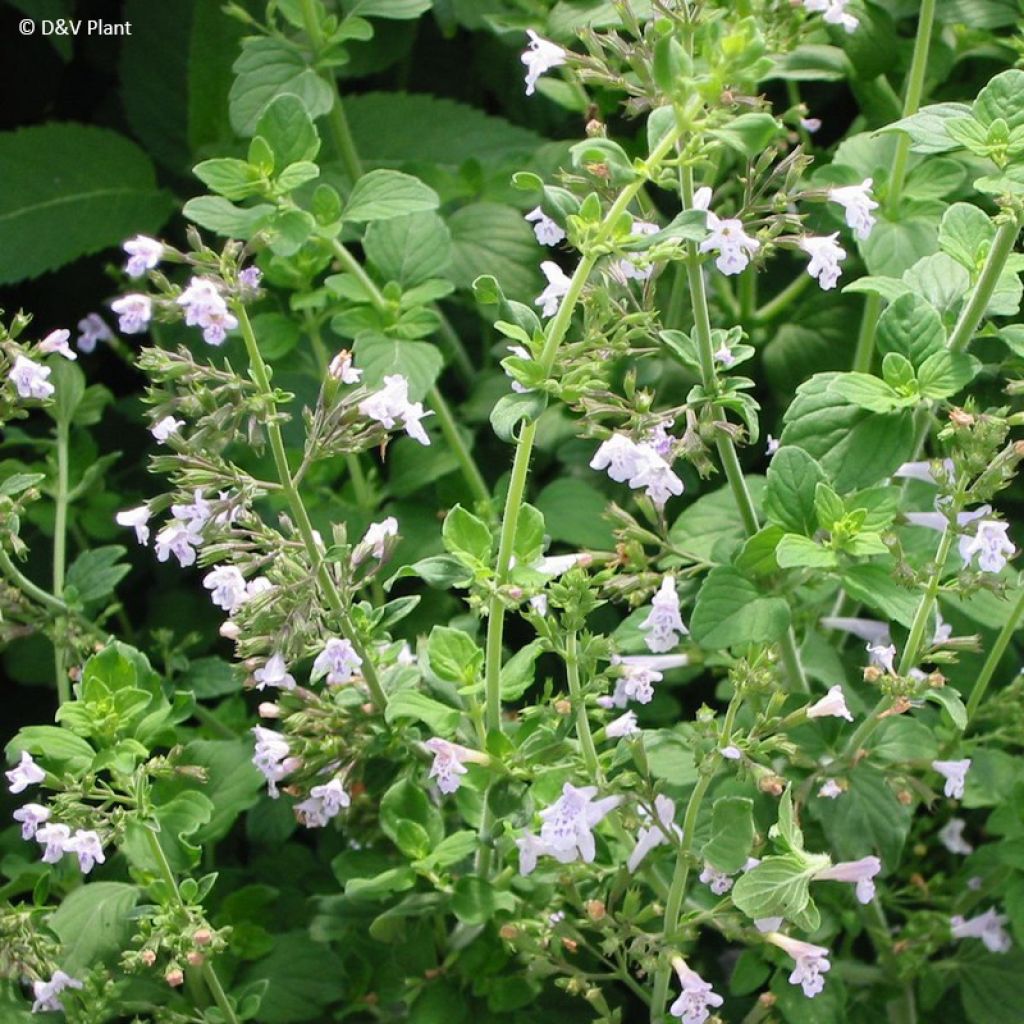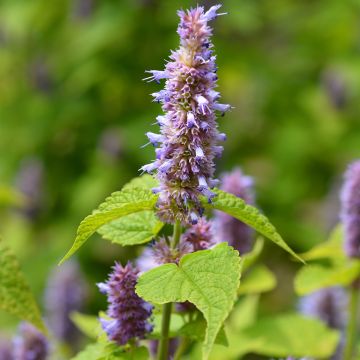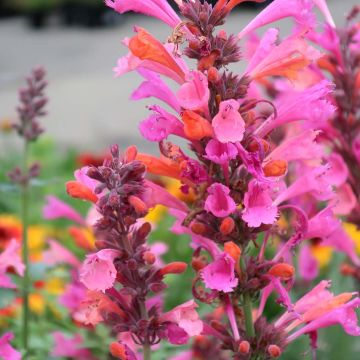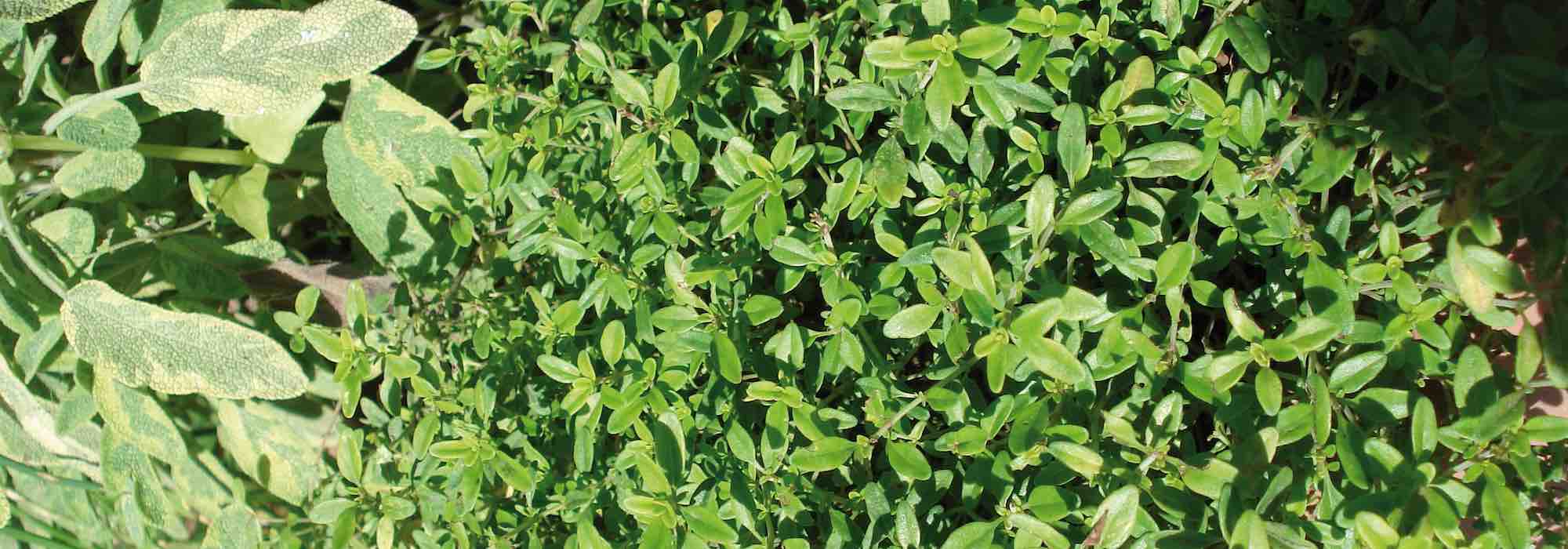

Micromeria thymifolia - Micromérie à feuilles de thym, Menthe du César
Micromeria thymifolia
Micromeria thymifolia
Thyme-leaved Micromeria, Caesar's Mint, Mountain Mint
Special offer!
Receive a €20 voucher for any order over €90 (excluding delivery costs, credit notes, and plastic-free options)!
1- Add your favorite plants to your cart.
2- Once you have reached €90, confirm your order (you can even choose the delivery date!).
3- As soon as your order is shipped, you will receive an email containing your voucher code, valid for 3 months (90 days).
Your voucher is unique and can only be used once, for any order with a minimum value of €20, excluding delivery costs.
Can be combined with other current offers, non-divisible and non-refundable.
Why not try an alternative variety in stock?
View all →This plant carries a 12 months recovery warranty
More information
We guarantee the quality of our plants for a full growing cycle, and will replace at our expense any plant that fails to recover under normal climatic and planting conditions.
Would this plant suit my garden?
Set up your Plantfit profile →
Description
Micromeria thymifolia, also known as Thyme-leaved Micromeria, Caesar's Mint or Mountain Mint, is a small aromatic, medicinal, and culinary plant closely related to savory and thyme. In the garden, this perennial forms an aromatic ball covered with small green leaves, topped with white floral spikes in late summer and early autumn. Decorative when in full bloom, micromeria is ideal for dry and rocky areas of the garden. It is a good source of nectar for bees. This lovely little plant is one of the gems of the herb garden.
Originally from southern Europe, the Balkans, southern Italy, and Hungary, Micromeria thymifolia is a hardy botanical species belonging to the Lamiaceae family, just like its cousins savory and oregano. In nature, it is found in rocky, limestone and sunny places. It is a perennial plant with a woody base that forms a round, branched clump, reaching about 30cm (12in) in height and 40cm (16in) in width. Its branches bear small, narrow, dark green leaves, which are slightly shiny and highly fragrant. When crushed, they release a strongly menthol scent with a hint of thyme. The flowering period is from late September to late October. Tiny white bilabiate flowers bloom in the upper part of the stems. This flowering, like that of all plants in the Lamiaceae family, attracts many pollinating insects. The leaves are deciduous, falling in winter and reappearing in spring.
Micromeria thymifolia is primarily a beautiful rock garden plant, suited for sunny and dry areas, well adapted to natural and waterless gardens. It can also be planted in gravel beds or along pathways. It is valuable for bees at the end of the season. It can be planted with thymes, marjoram, lavenders, savories, rosemary, teucrium, rockroses and santolinas to evoke the Mediterranean scrubland. One of the charms of this type of arrangement lies in the scents emitted by all these plants after a hot day. They blend in a complex fragrance to be savoured with closed eyes: intense and captivating, it embodies the essence of the Mediterranean countryside.
Properties and uses:
Its leaves can be used in herbal tea to help with digestive disorders. In cooking, its foliage adds a spicy note to dishes. An ideal condiment to accompany broad beans, beans, and lentils, mixed with chervil and tarragon. Thyme-leaved micromeria enhances all meat dishes and stews. In both cooking and medicine, its use is similar to that of savory and thyme.
Flowering
Foliage
Plant habit
Botanical data
Micromeria
thymifolia
Lamiaceae
Thyme-leaved Micromeria, Caesar's Mint, Mountain Mint
Southern Europe
Other Herb perennials
View all →Planting and care
Micromeria is a hardy plant perfectly suited to rocky soils. It requires full sun and well-drained soil, preferably not too rich, even limestone and rocky. Strong frosts are better tolerated in soil that does not retain water. Water this plant just enough for it to establish, prioritising generous but spaced watering (every 8 days). Lighten the soil in your garden with gravel and plant it in a raised bed or in a dry rockery. Once well-rooted, it can do without watering completely. You can prune this plant in March.
Planting period
Intended location
Care
Planting & care advice
This item has not been reviewed yet - be the first to leave a review about it.
Similar products
Haven't found what you were looking for?
Hardiness is the lowest winter temperature a plant can endure without suffering serious damage or even dying. However, hardiness is affected by location (a sheltered area, such as a patio), protection (winter cover) and soil type (hardiness is improved by well-drained soil).

Photo Sharing Terms & Conditions
In order to encourage gardeners to interact and share their experiences, Promesse de fleurs offers various media enabling content to be uploaded onto its Site - in particular via the ‘Photo sharing’ module.
The User agrees to refrain from:
- Posting any content that is illegal, prejudicial, insulting, racist, inciteful to hatred, revisionist, contrary to public decency, that infringes on privacy or on the privacy rights of third parties, in particular the publicity rights of persons and goods, intellectual property rights, or the right to privacy.
- Submitting content on behalf of a third party;
- Impersonate the identity of a third party and/or publish any personal information about a third party;
In general, the User undertakes to refrain from any unethical behaviour.
All Content (in particular text, comments, files, images, photos, videos, creative works, etc.), which may be subject to property or intellectual property rights, image or other private rights, shall remain the property of the User, subject to the limited rights granted by the terms of the licence granted by Promesse de fleurs as stated below. Users are at liberty to publish or not to publish such Content on the Site, notably via the ‘Photo Sharing’ facility, and accept that this Content shall be made public and freely accessible, notably on the Internet.
Users further acknowledge, undertake to have ,and guarantee that they hold all necessary rights and permissions to publish such material on the Site, in particular with regard to the legislation in force pertaining to any privacy, property, intellectual property, image, or contractual rights, or rights of any other nature. By publishing such Content on the Site, Users acknowledge accepting full liability as publishers of the Content within the meaning of the law, and grant Promesse de fleurs, free of charge, an inclusive, worldwide licence for the said Content for the entire duration of its publication, including all reproduction, representation, up/downloading, displaying, performing, transmission, and storage rights.
Users also grant permission for their name to be linked to the Content and accept that this link may not always be made available.
By engaging in posting material, Users consent to their Content becoming automatically accessible on the Internet, in particular on other sites and/or blogs and/or web pages of the Promesse de fleurs site, including in particular social pages and the Promesse de fleurs catalogue.
Users may secure the removal of entrusted content free of charge by issuing a simple request via our contact form.
The flowering period indicated on our website applies to countries and regions located in USDA zone 8 (France, the United Kingdom, Ireland, the Netherlands, etc.)
It will vary according to where you live:
- In zones 9 to 10 (Italy, Spain, Greece, etc.), flowering will occur about 2 to 4 weeks earlier.
- In zones 6 to 7 (Germany, Poland, Slovenia, and lower mountainous regions), flowering will be delayed by 2 to 3 weeks.
- In zone 5 (Central Europe, Scandinavia), blooming will be delayed by 3 to 5 weeks.
In temperate climates, pruning of spring-flowering shrubs (forsythia, spireas, etc.) should be done just after flowering.
Pruning of summer-flowering shrubs (Indian Lilac, Perovskia, etc.) can be done in winter or spring.
In cold regions as well as with frost-sensitive plants, avoid pruning too early when severe frosts may still occur.
The planting period indicated on our website applies to countries and regions located in USDA zone 8 (France, United Kingdom, Ireland, Netherlands).
It will vary according to where you live:
- In Mediterranean zones (Marseille, Madrid, Milan, etc.), autumn and winter are the best planting periods.
- In continental zones (Strasbourg, Munich, Vienna, etc.), delay planting by 2 to 3 weeks in spring and bring it forward by 2 to 4 weeks in autumn.
- In mountainous regions (the Alps, Pyrenees, Carpathians, etc.), it is best to plant in late spring (May-June) or late summer (August-September).
The harvesting period indicated on our website applies to countries and regions in USDA zone 8 (France, England, Ireland, the Netherlands).
In colder areas (Scandinavia, Poland, Austria...) fruit and vegetable harvests are likely to be delayed by 3-4 weeks.
In warmer areas (Italy, Spain, Greece, etc.), harvesting will probably take place earlier, depending on weather conditions.
The sowing periods indicated on our website apply to countries and regions within USDA Zone 8 (France, UK, Ireland, Netherlands).
In colder areas (Scandinavia, Poland, Austria...), delay any outdoor sowing by 3-4 weeks, or sow under glass.
In warmer climes (Italy, Spain, Greece, etc.), bring outdoor sowing forward by a few weeks.




































































